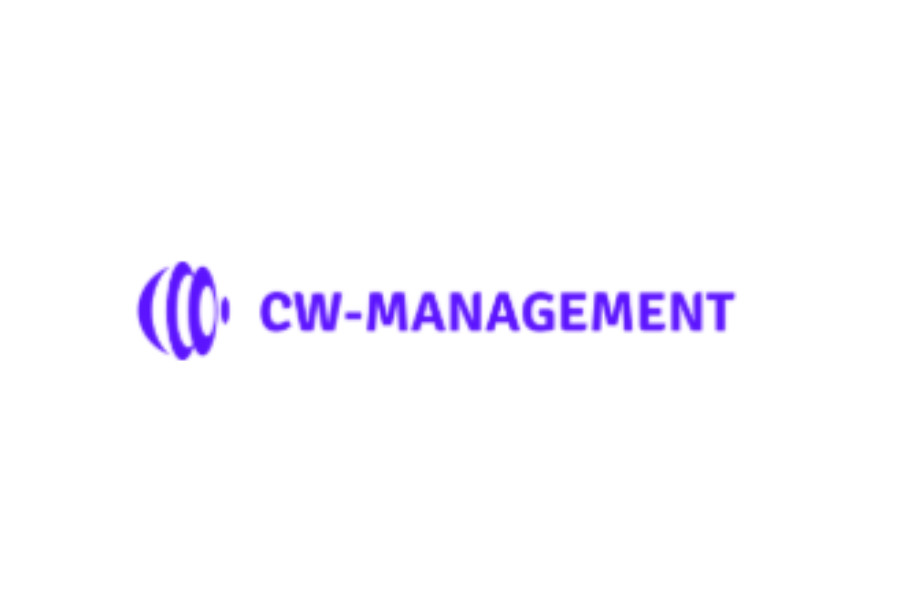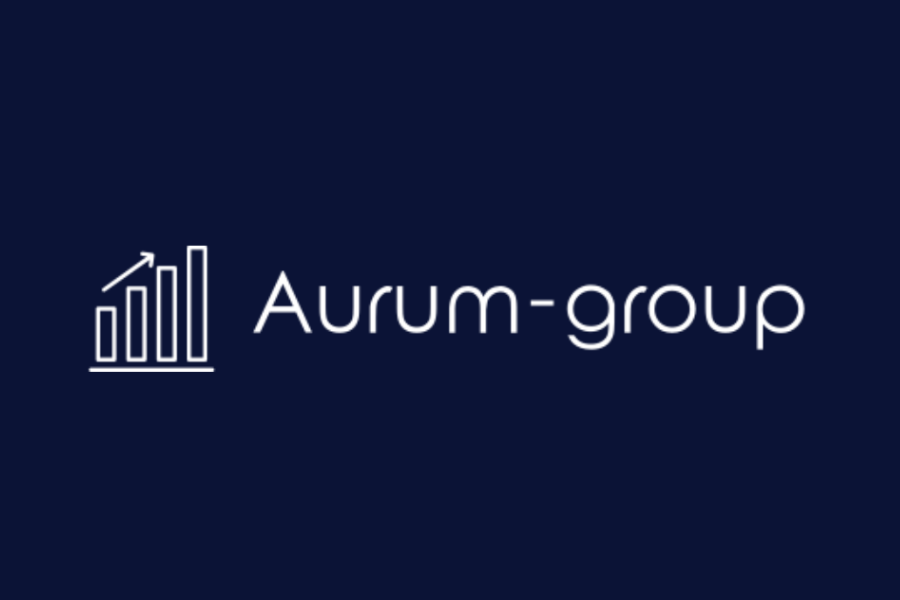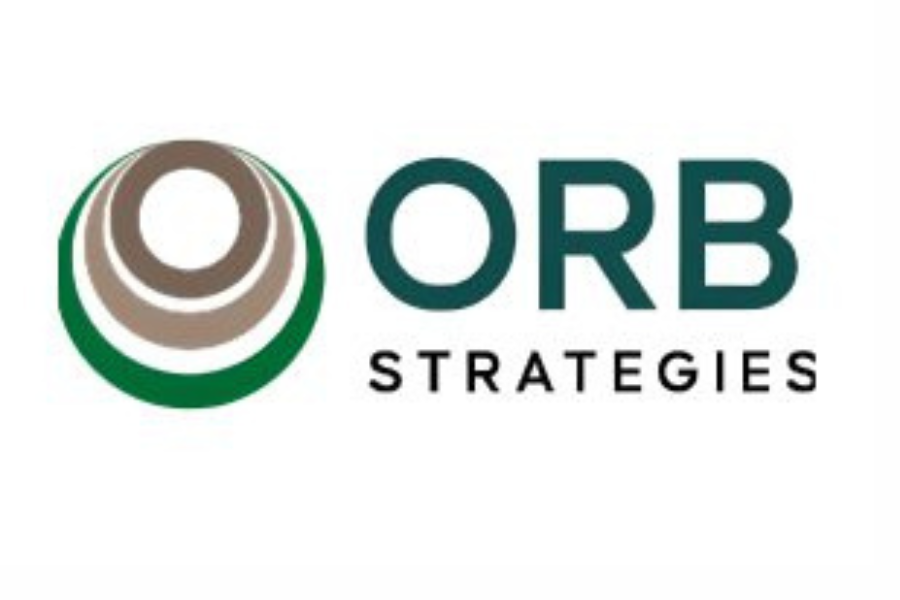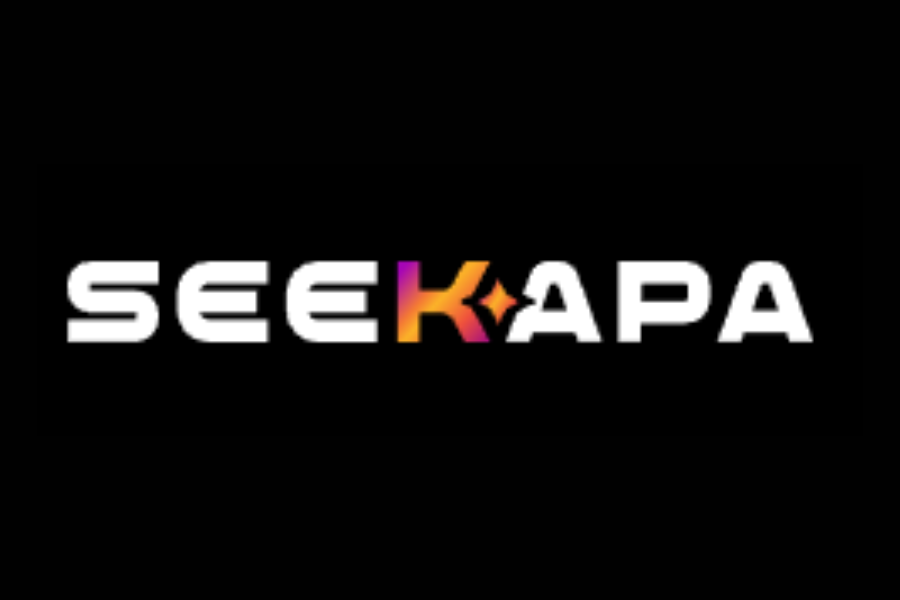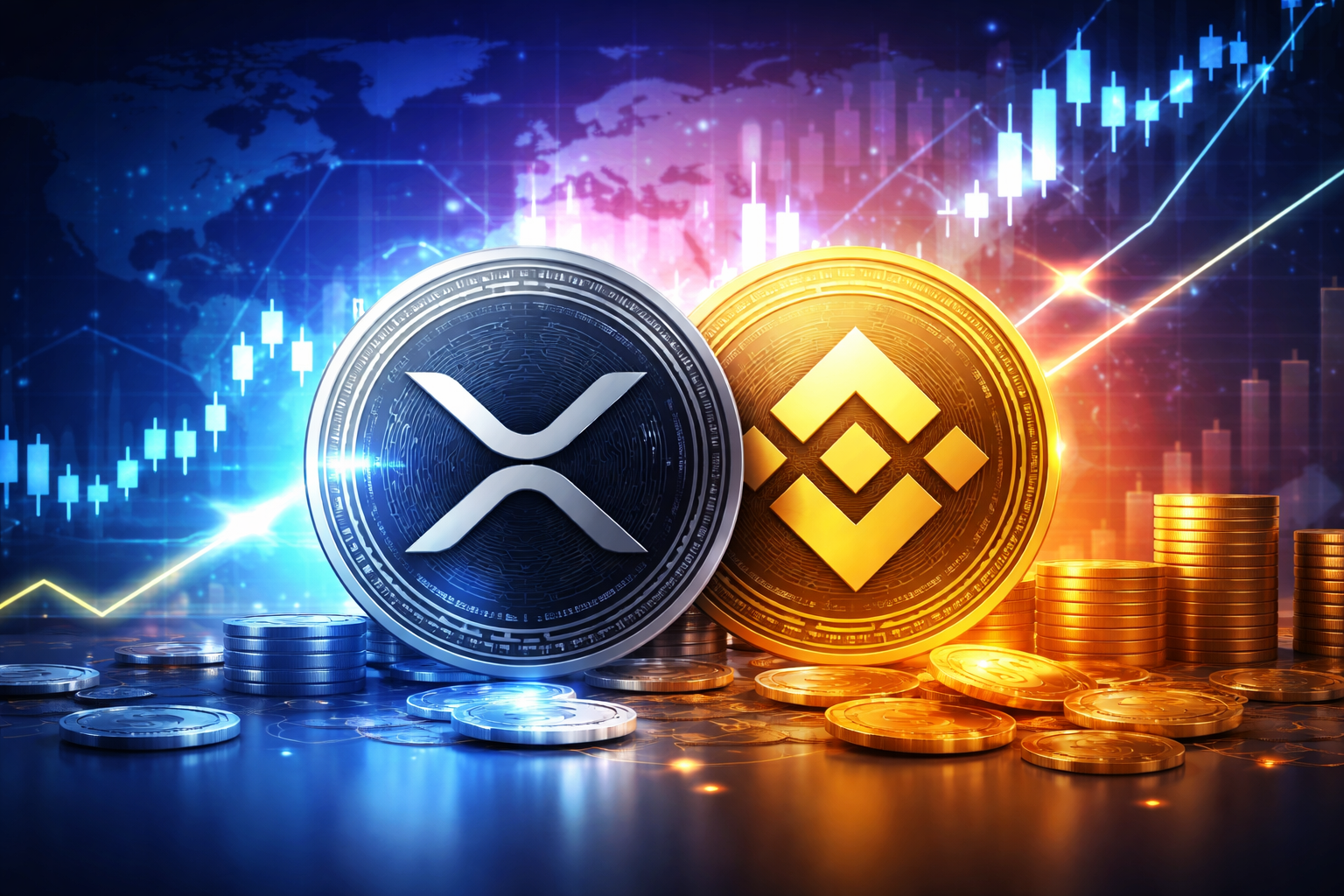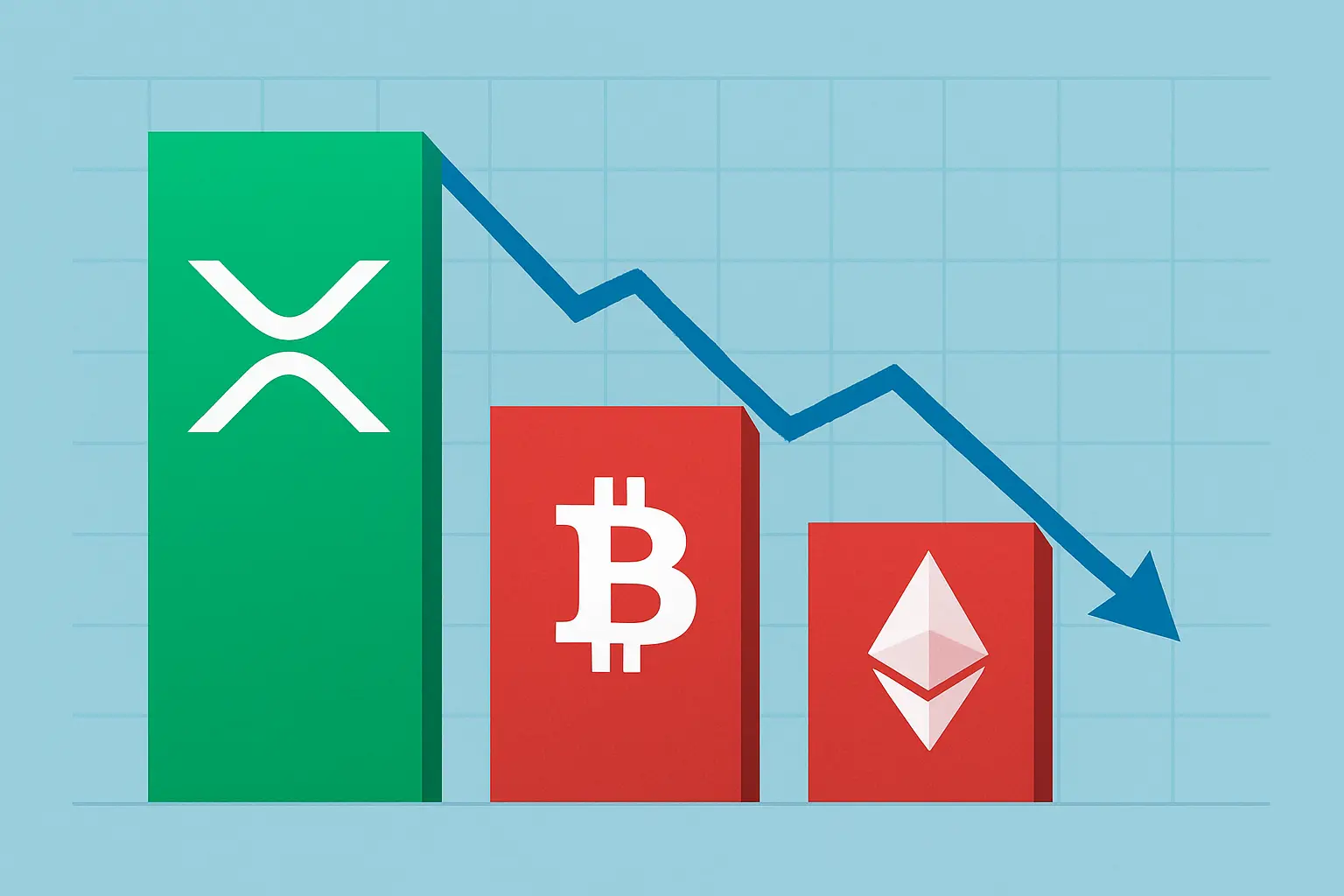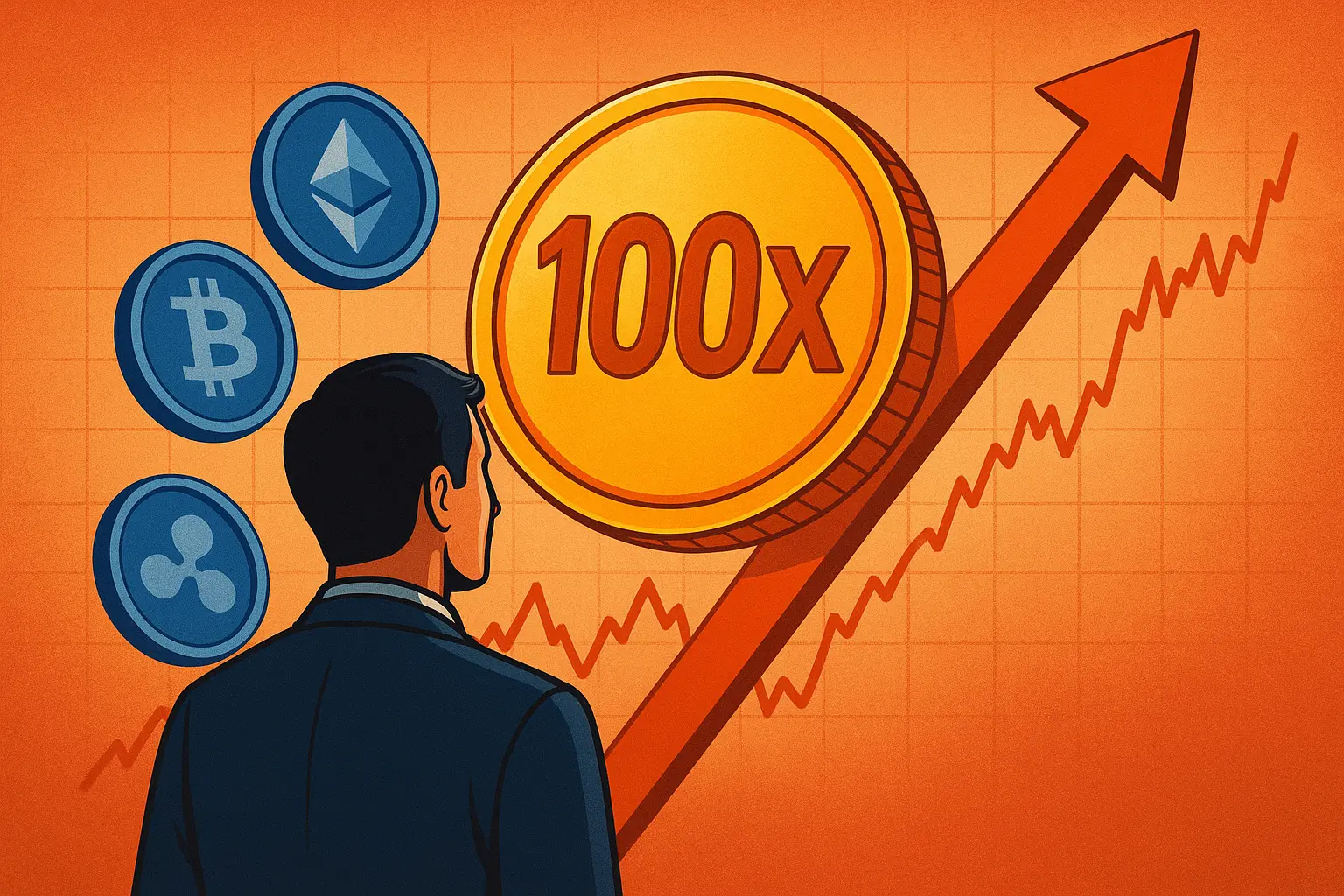Altcoin News
Altcoins and Decentralized Finance (DeFi)
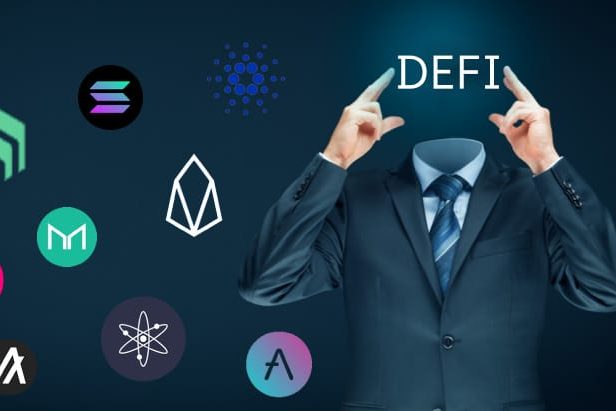
The world of decentralized finance, or DeFi, has emerged as one of the most transformative applications of blockchain technology. Within this ecosystem, altcoins have found a central role, providing the infrastructure, utility, and innovation that powers the future of finance. In this article, we’ll delve into the intersection of altcoins and DeFi, highlighting how these digital assets are reshaping traditional finance.
DeFi: A Financial Revolution:
DeFi represents a financial system built on blockchain technology, offering an open and trustless framework for various financial services. This includes lending, borrowing, trading, and earning interest, all without the need for traditional intermediaries like banks or brokerages.
Altcoins in DeFi:
- Utility Tokens: Many DeFi projects have their native utility tokens. These altcoins are essential for governance, transaction fees, collateral, and rewards. Examples include COMP for Compound and MKR for MakerDAO.
- Liquidity Provision: Altcoins like Uniswap’s UNI and SushiSwap’s SUSHI play a critical role in liquidity provision within decentralized exchanges (DEXs). Users can earn rewards by providing liquidity to these platforms.
- Stablecoins: Stablecoins like DAI, USDC, and USDT, although not altcoins in the traditional sense, facilitate trading and lending within the DeFi space. These stablecoins are often built on blockchain platforms, including Ethereum and Binance Smart Chain.
- Decentralized Oracle Tokens: Altcoins like Chainlink’s LINK serve as decentralized oracles, ensuring the accuracy and reliability of data used within DeFi applications. Oracles are integral for executing smart contracts based on real-world information.
- Governance and Decision-Making: Many DeFi projects employ governance tokens to enable community-led decisions on platform upgrades, security measures, and even changes to monetary policy.
Altcoins and Yield Farming:
Yield farming has become a prominent feature of DeFi, enabling users to earn rewards by providing liquidity to DeFi protocols. Altcoins like AAVE, Curve’s CRV, and Yearn Finance’s YFI are instrumental in these yield farming opportunities.
Challenges and Risks:
- Security: DeFi projects, especially those relying on altcoins, are not immune to security risks and vulnerabilities. Smart contract audits and security measures are essential to mitigate these challenges.
- Regulatory Uncertainty: The DeFi space is navigating regulatory uncertainties as it grows. Altcoins used within DeFi applications may be subject to regulatory changes, potentially impacting their usage.
- Market Volatility: The altcoin market is highly volatile. While this volatility can present trading and investment opportunities, it also poses risks to users’ assets within DeFi protocols.
The Future of Altcoins in DeFi:
As DeFi continues to innovate and mature, altcoins are likely to play an increasingly central role. These digital assets will underpin the infrastructure and functionality of DeFi protocols, shaping the future of finance. In turn, DeFi’s growth will drive demand and utility for altcoins.
In conclusion, the synergy between altcoins and DeFi is poised to revolutionize the financial landscape. Altcoins provide the tools and resources necessary to enable decentralized, peer-to-peer financial services, making them a cornerstone of the DeFi ecosystem. As this sector continues to expand, the role of altcoins in DeFi is set to deepen, offering new possibilities for a more inclusive and accessible financial system.


